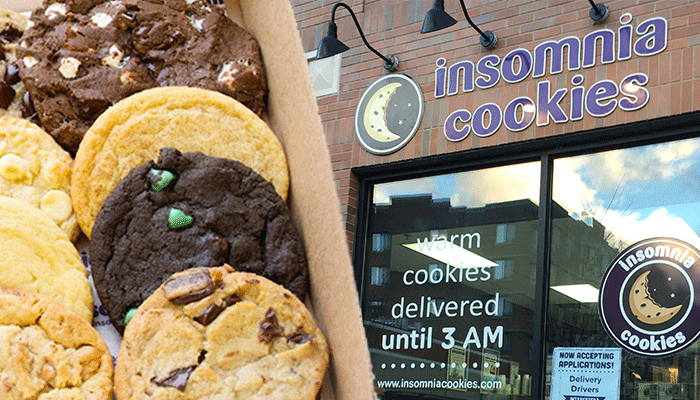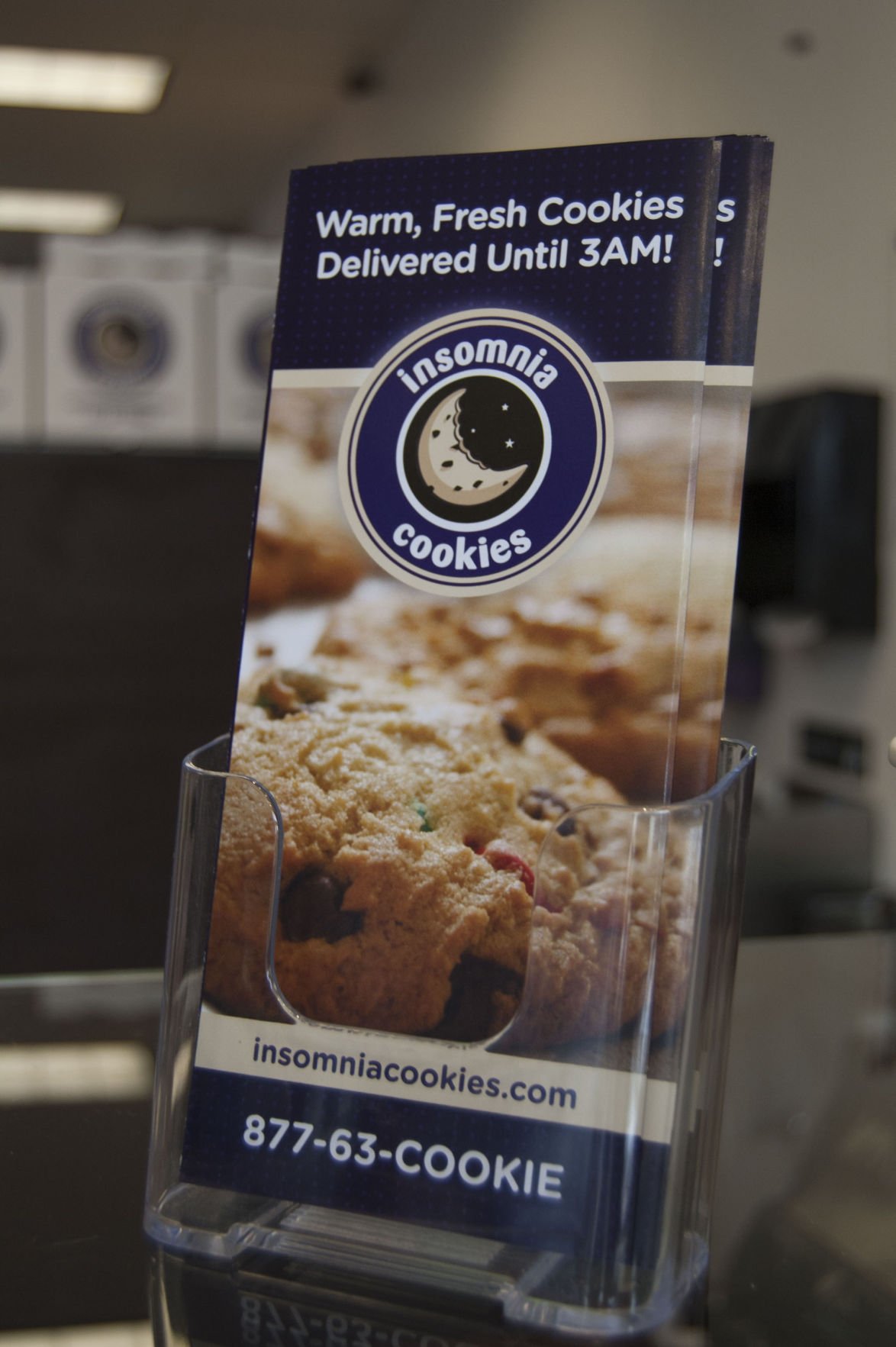


The same study also suggested nonnutritive sweeteners may induce glucose intolerance and metabolic disorders.Īs with most nonnutritive sweeteners, a major downside is the taste. But if you use it throughout the day, the carbs add up.Ī 2019 study reported a possible link between nonnutritive sweeteners, including stevia, and disruption in beneficial intestinal flora. If you use stevia now and then, it may not be enough to impact your blood sugar. Sugar alcohols may also slightly tip the carb count. These ingredients add small amounts of carbs and calories. It may also drop blood pressure too low or interact with medications that lower blood sugar.Īlthough stevia is considered safe for people with diabetes, brands that contain dextrose or maltodextrin should be treated with caution.ĭextrose is glucose, and maltodextrin is a starch. There’s concern that raw stevia herb may harm your kidneys, reproductive system, and cardiovascular system. The FDA says stevia glycosides, such as Reb-A, are “generally recognized as safe.” They haven’t approved whole-leaf stevia or crude stevia extract for use in processed foods and beverages due to a lack of safety information. It’s unclear if occasional stevia use in lower amounts would have the same impact. It also increased HDL (“good”) cholesterol. The study found stevia lowered total cholesterol, LDL (“bad”) cholesterol, and triglycerides with no negative side effects. Study participants consumed 20 milliliters of stevia extract daily for one month. However, one noted limitation in this study is that it took place in a laboratory setting, rather than in a real-life situation in a person’s natural environment.Īnd according to a 2009 study, stevia leaf powder may help manage cholesterol.
Insomnia cookies calories full#
It also left study participants satisfied and full after eating, despite the lower calorie intake. One 2010 study of 19 healthy, lean participants and 12 obese participants found that stevia significantly lowered insulin and glucose levels. If you have diabetes, stevia may help keep your blood sugar levels in check. The impact of nonnutritive sweetener on an individual’s health may depend on the amount that is consumed, as well as the time of day it’s consumed. However, to date, research is inconclusive. If you’re trying to lose weight, this aspect may be appealing. For purposes of this article, “stevia” refers to Reb-A products. Reb-A sweeteners are available in liquid, powder, and granulated forms. You can grow stevia plants at home and use the leaves to sweeten foods and beverages.

Many argue that this means there’s nothing natural about them. Still, ingredients that fall under the “natural flavor” umbrella may be highly processed. Food and Drug Administration (FDA) doesn’t object to the term “natural flavors” if the related ingredients have no added colors, artificial flavors, or synthetics. Some stevia brands also contain natural flavors. Sweeteners made with Reb-A are considered “novel sweeteners” because they’re blended with different sweeteners, such as erythritol (a sugar alcohol) and dextrose (glucose).įor example, Truvia is a blend of Reb-A and erythritol, and Stevia in The Raw is a blend of Reb-A and dextrose (packets) or maltodextrin (Bakers Bag). Reb-A is about 200 times sweeter than table sugar. In fact, many stevia products have very little stevia in them at all. They’re made from a highly refined stevia leaf extract called rebaudioside A (Reb-A). Stevia products found on grocery store shelves, such as Truvia and Stevia in the Raw, don’t contain whole stevia leaf. There’s a big difference between the stevia you buy at the grocery store and the stevia you may grow at home. Stevia, also called Stevia rebaudiana, is a plant that is a member of the chrysanthemum family, a subgroup of the Asteraceae family (ragweed family).


 0 kommentar(er)
0 kommentar(er)
